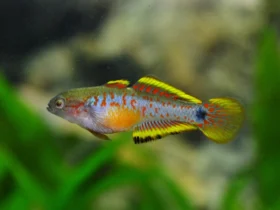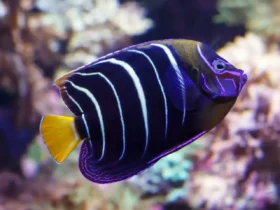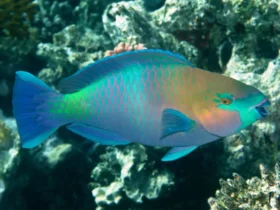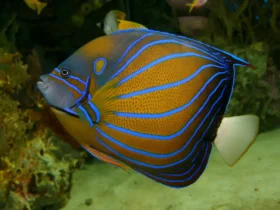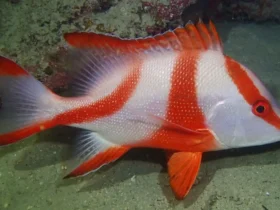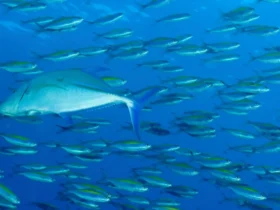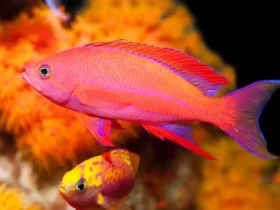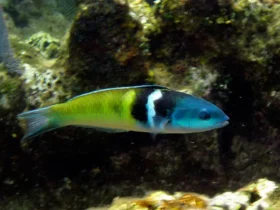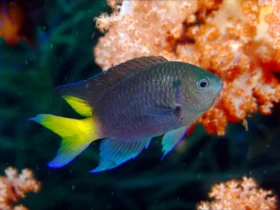In the mesmerizing world of marine life, the Purple Tang (Zebrasoma xanthurum) reigns as a true gem of the ocean. With its stunning coloration and graceful swimming, this fish captivates the hearts of aquarists and ocean enthusiasts alike. In this article, we will delve into the captivating world of the Purple Tang, exploring its appearance, behavior, habitat, and the importance of responsible aquarium keeping for the preservation of this beautiful marine species.
Purple Tang images
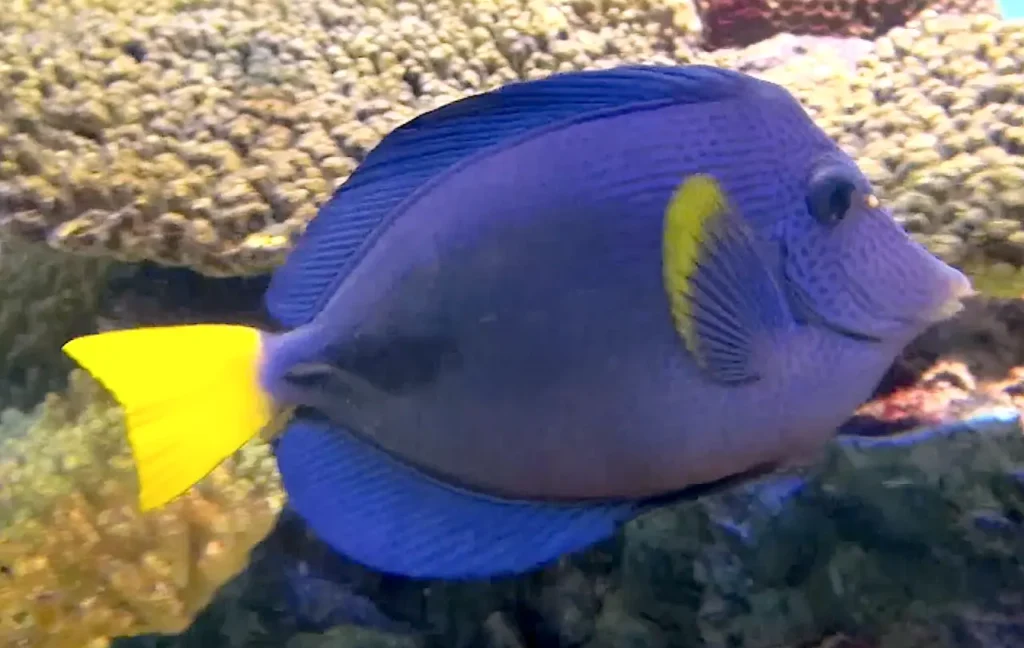
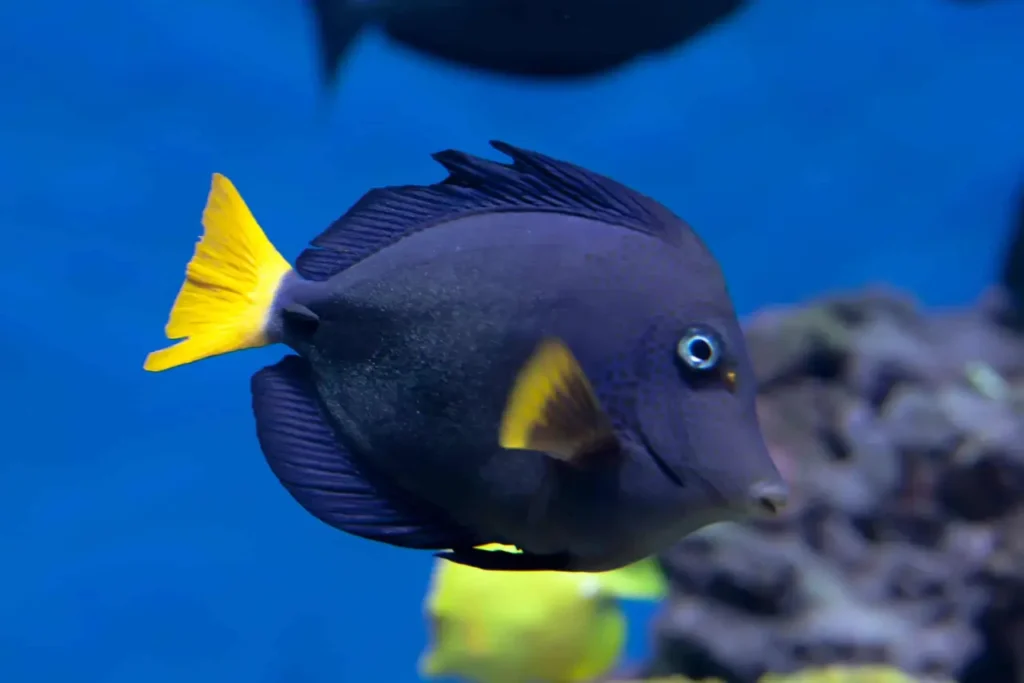
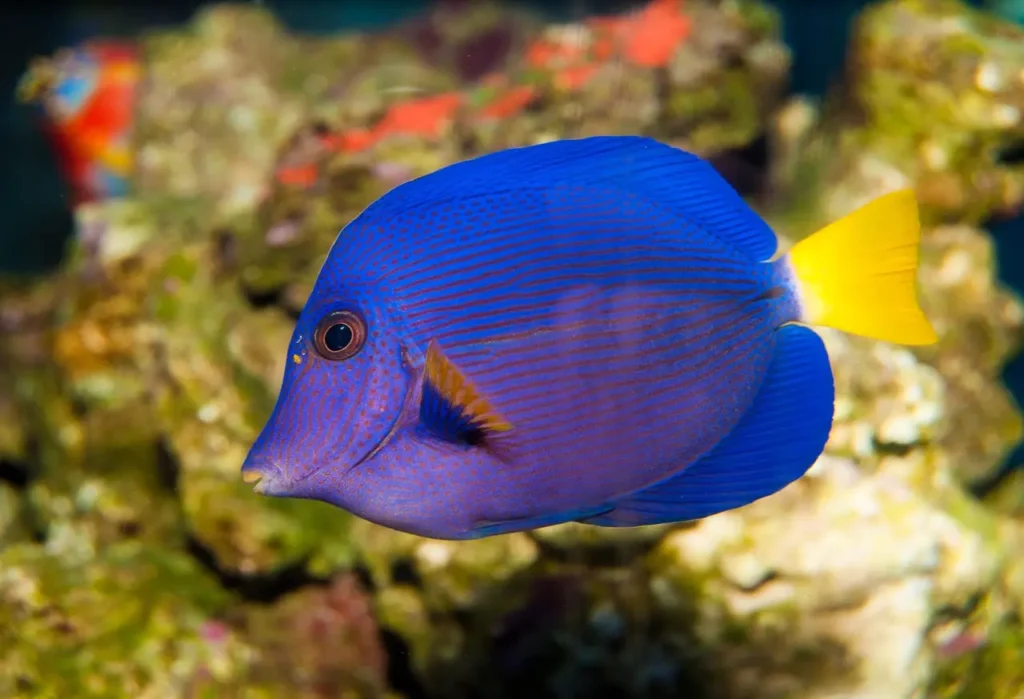
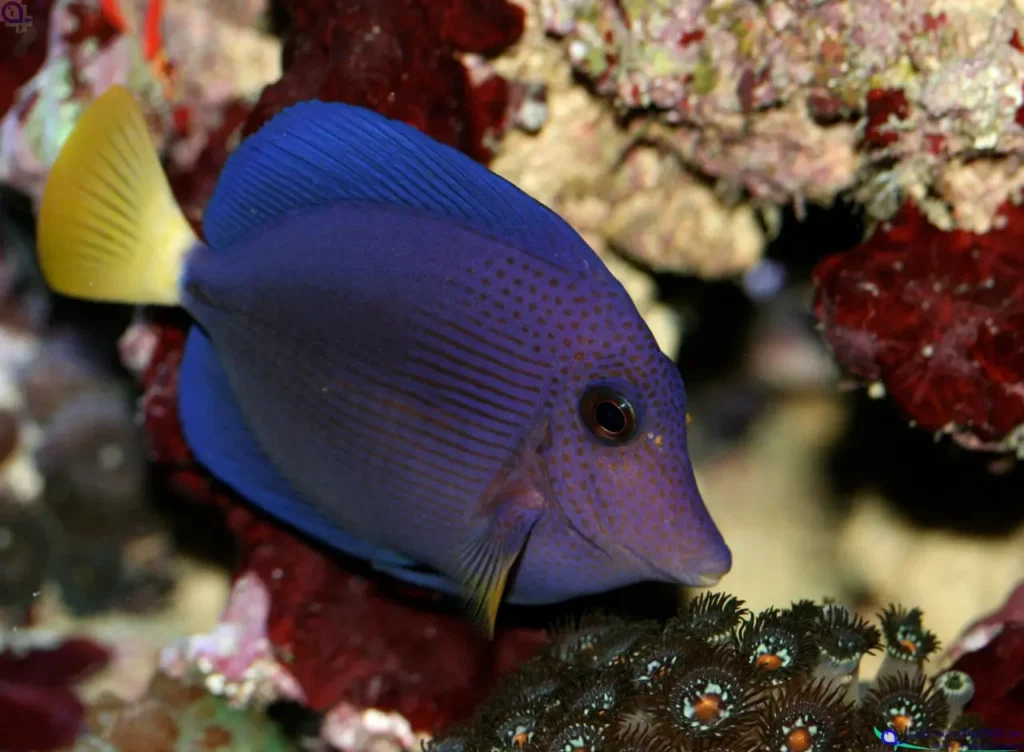
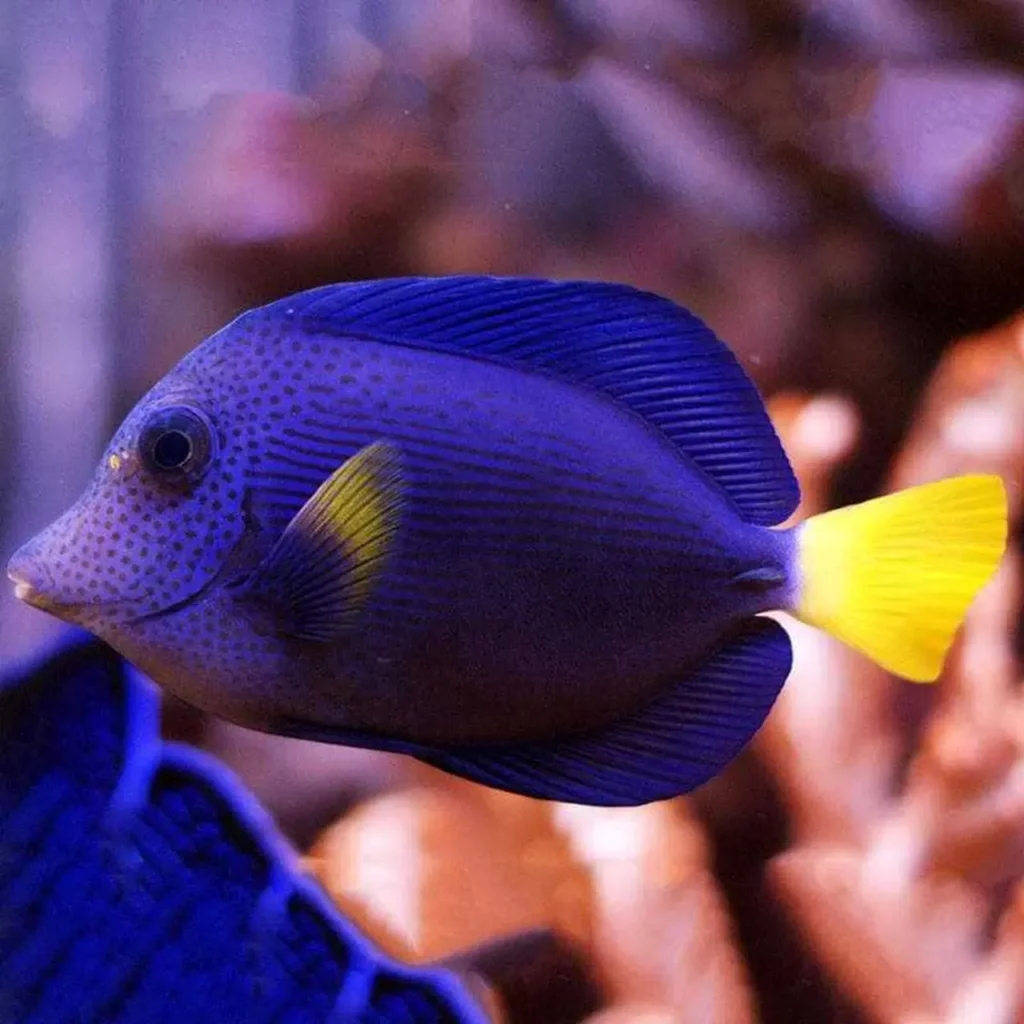
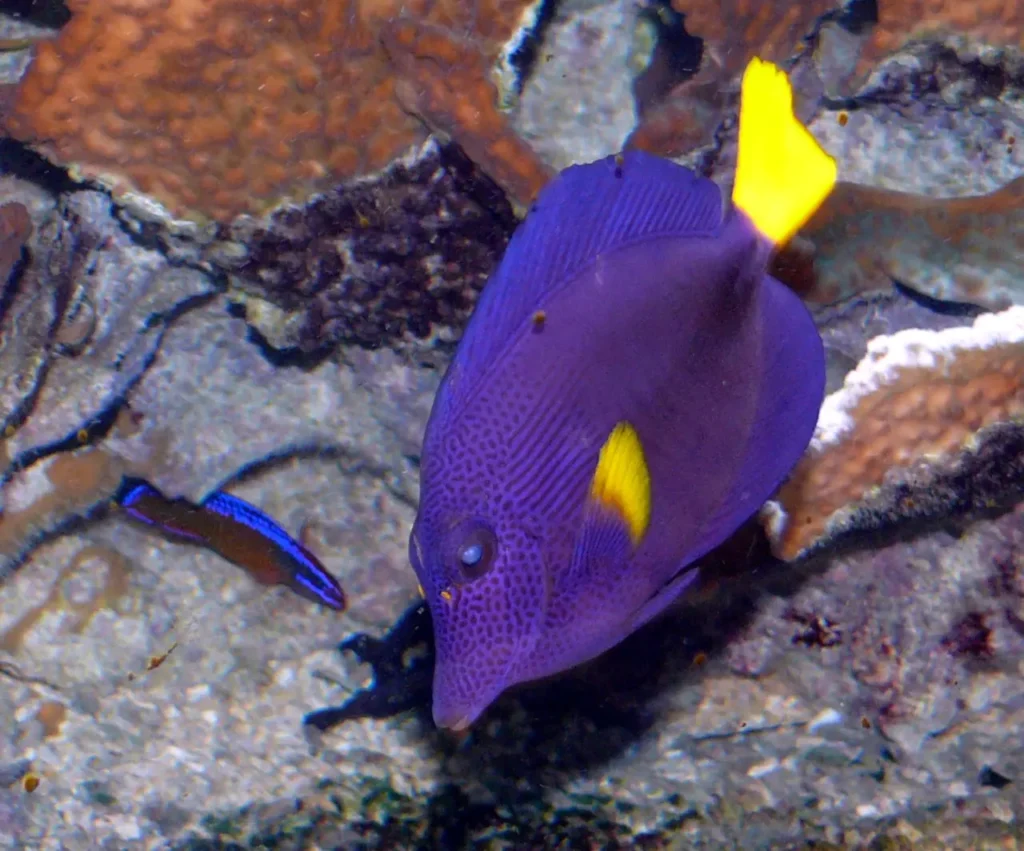
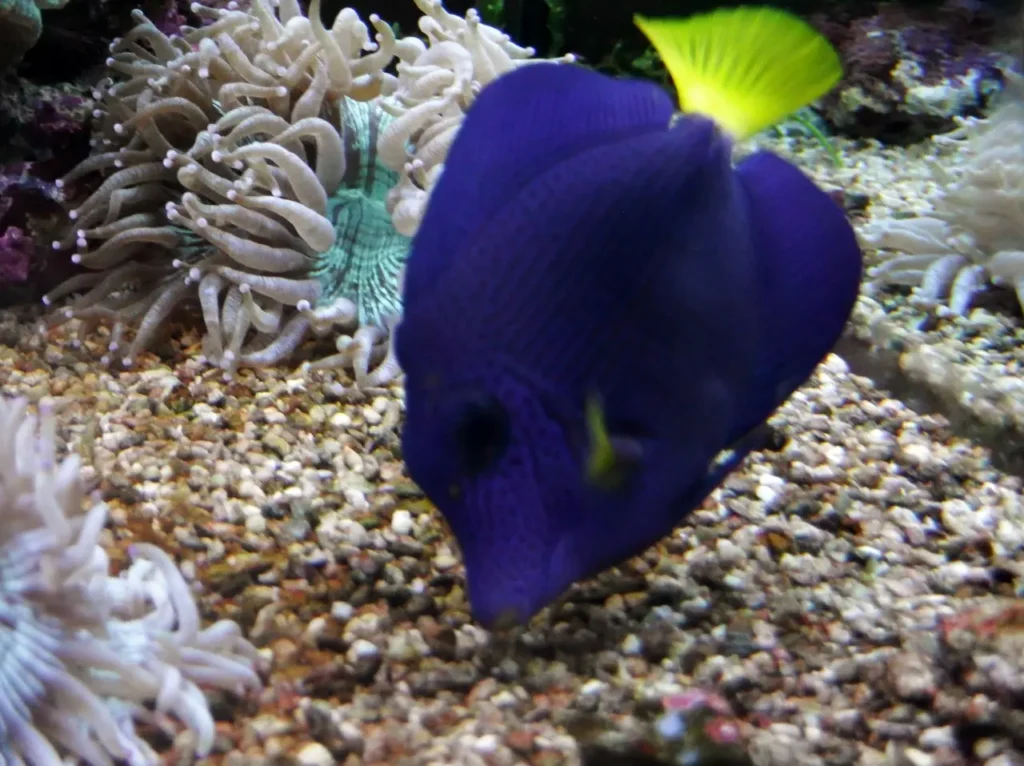
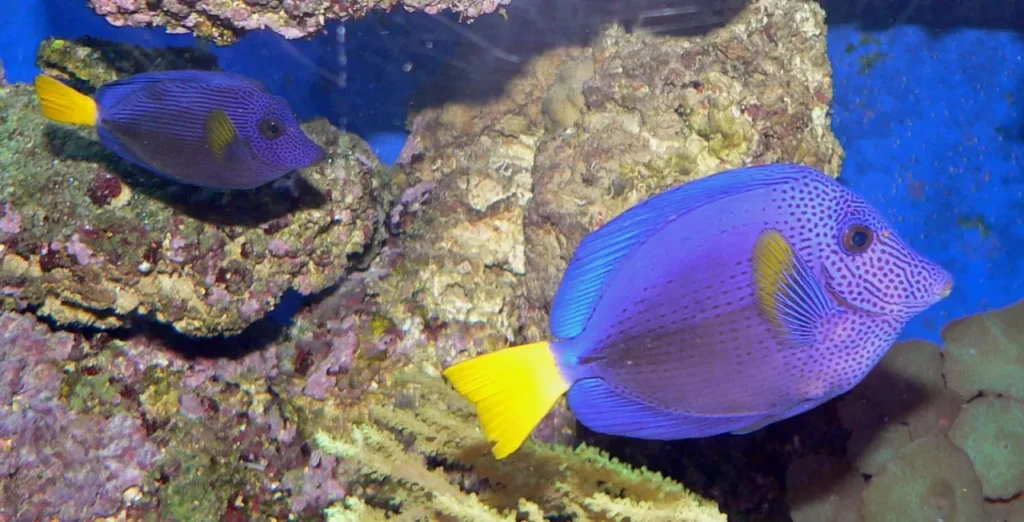
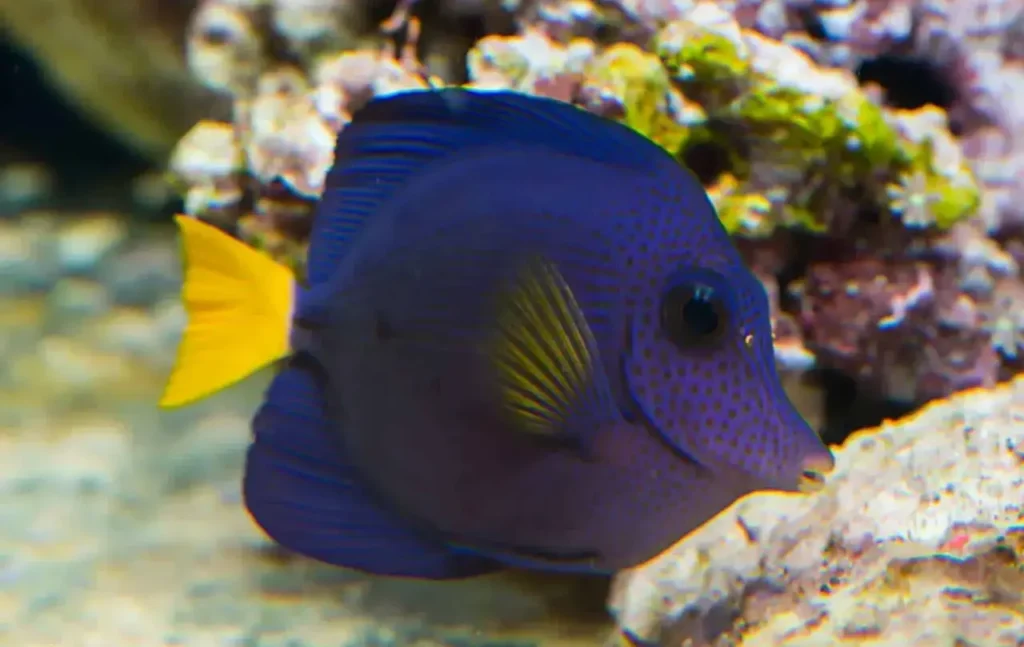
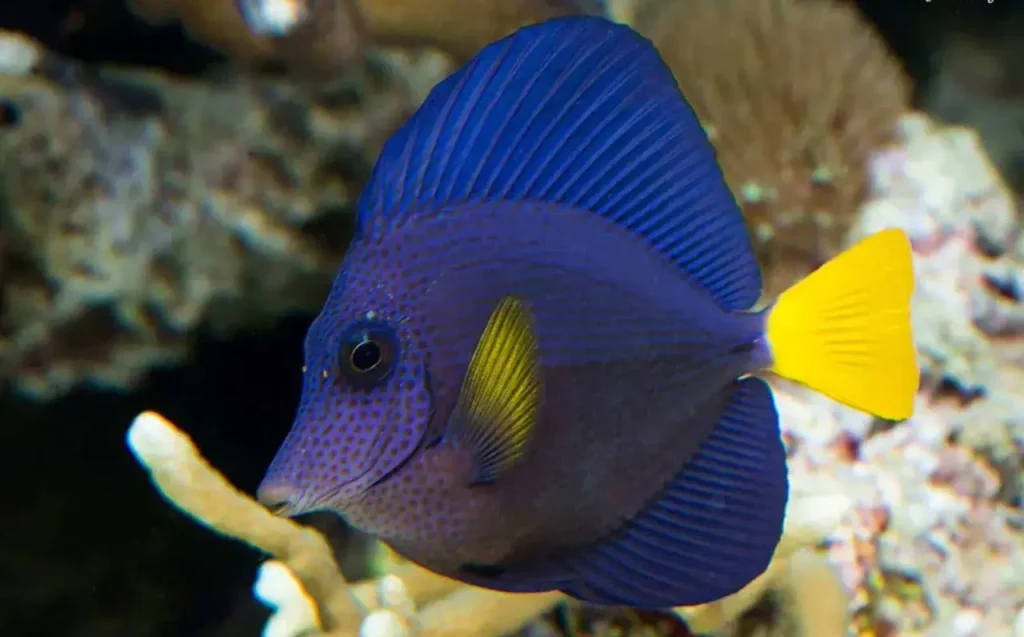
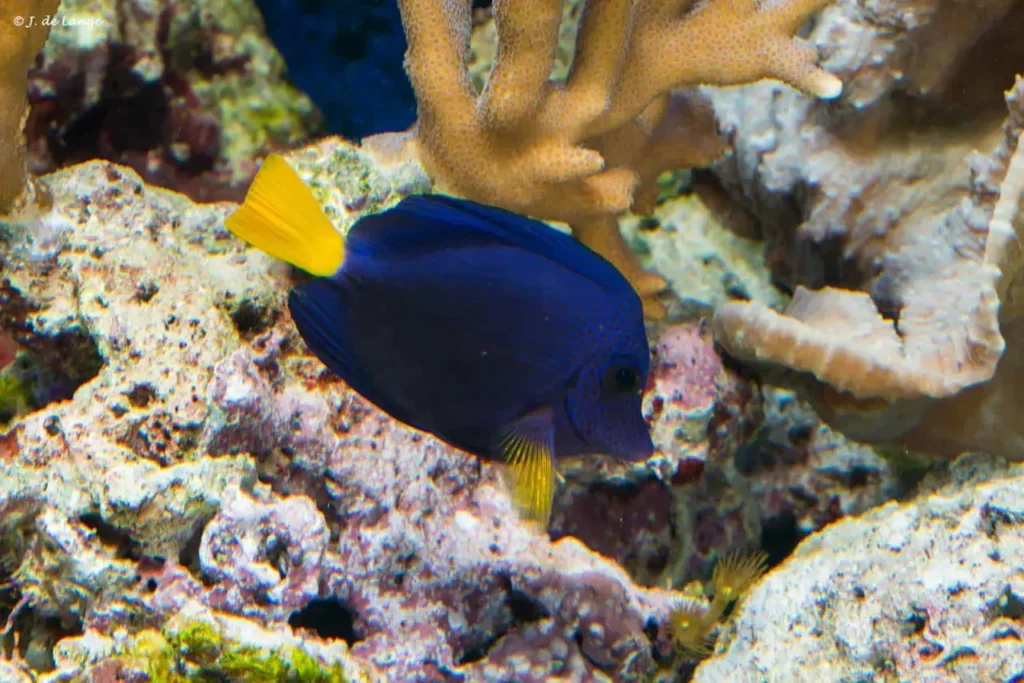
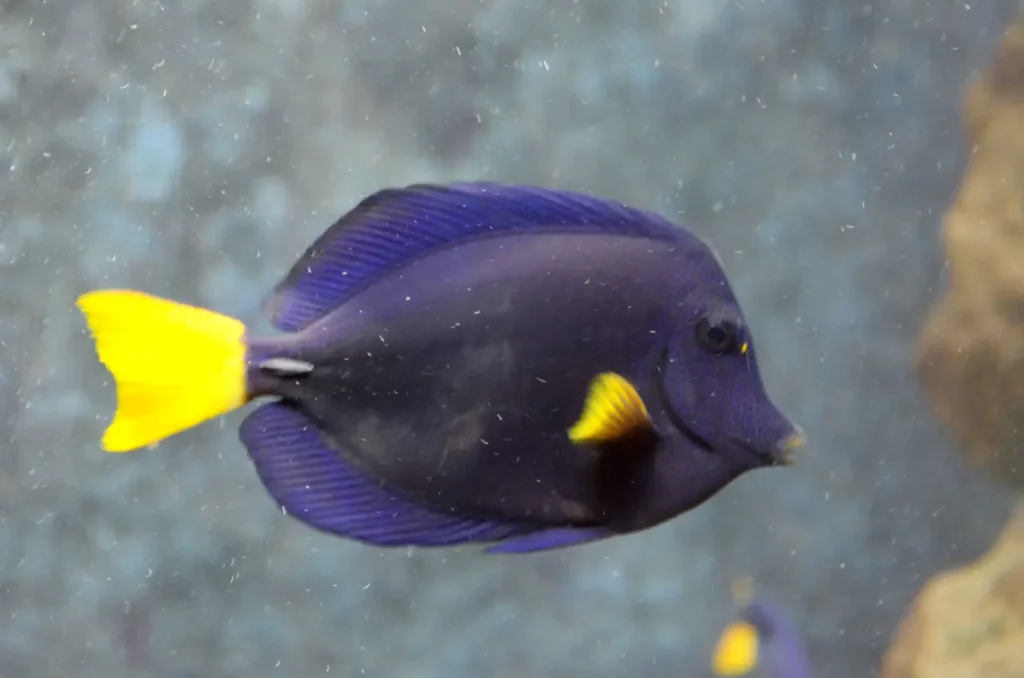
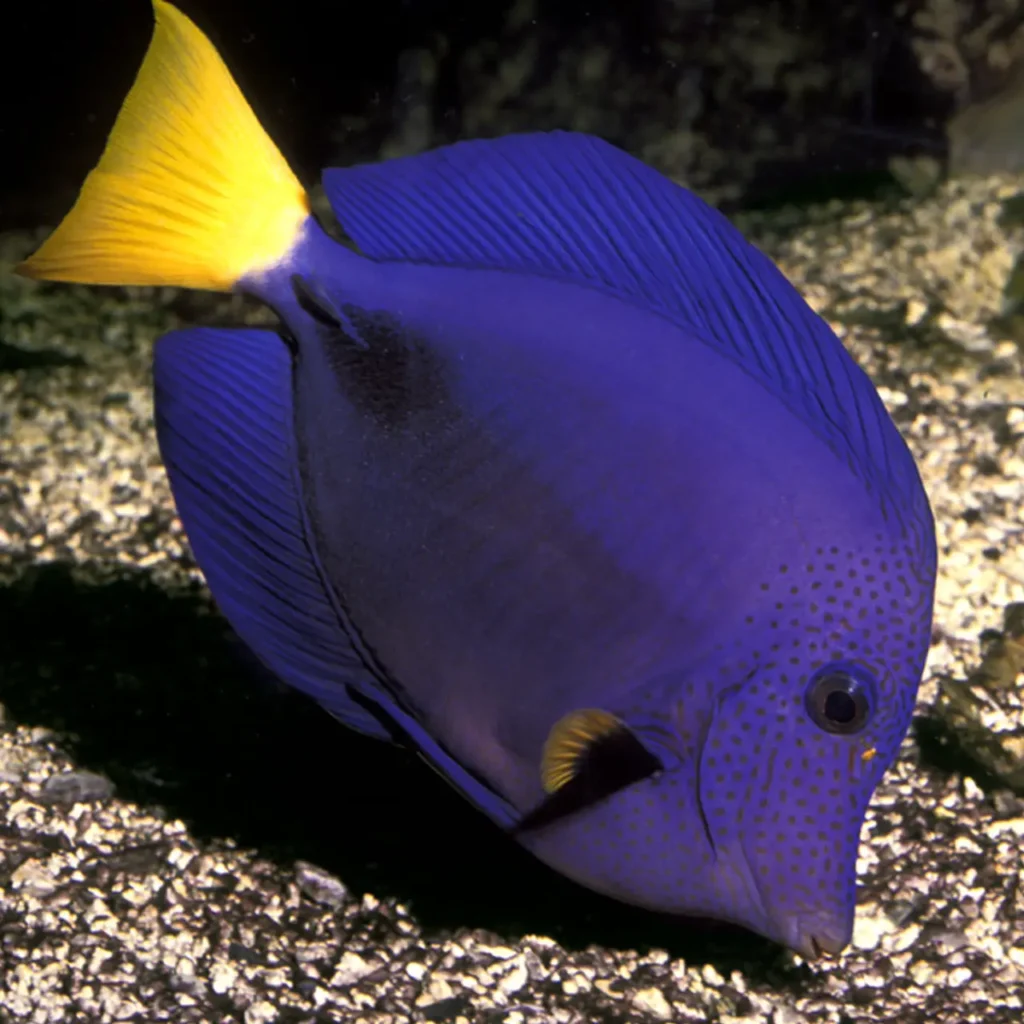
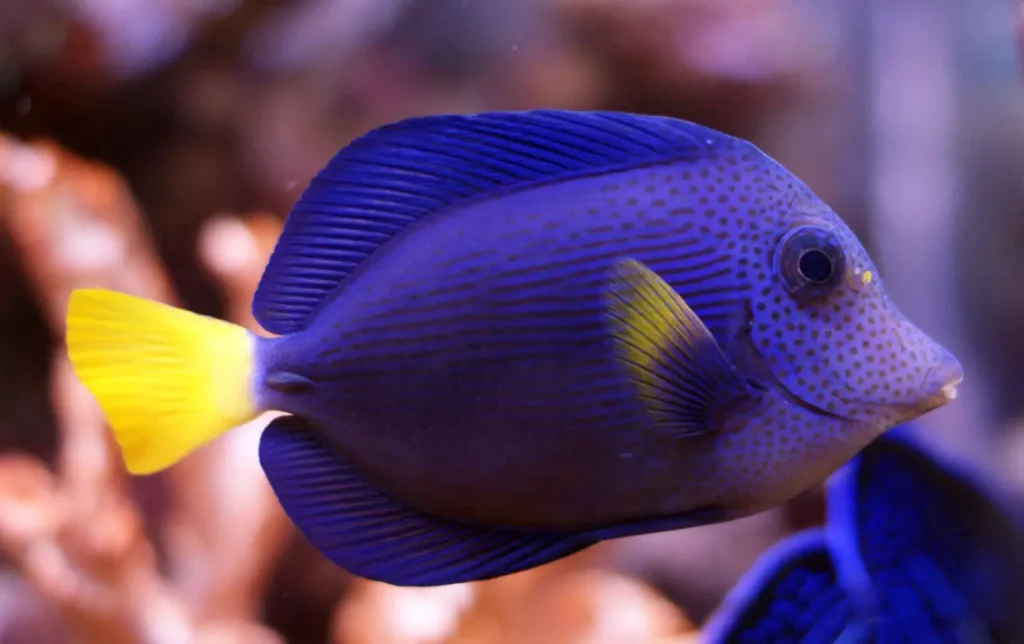
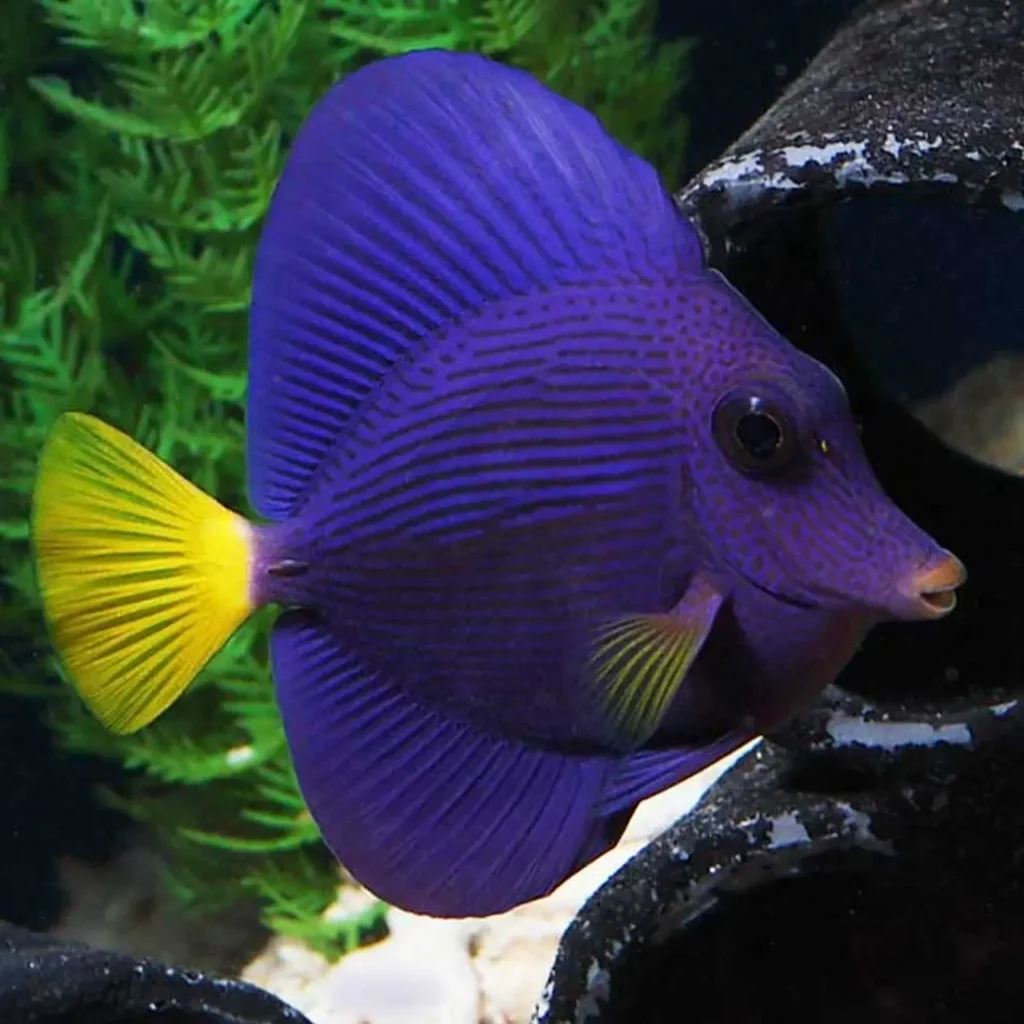
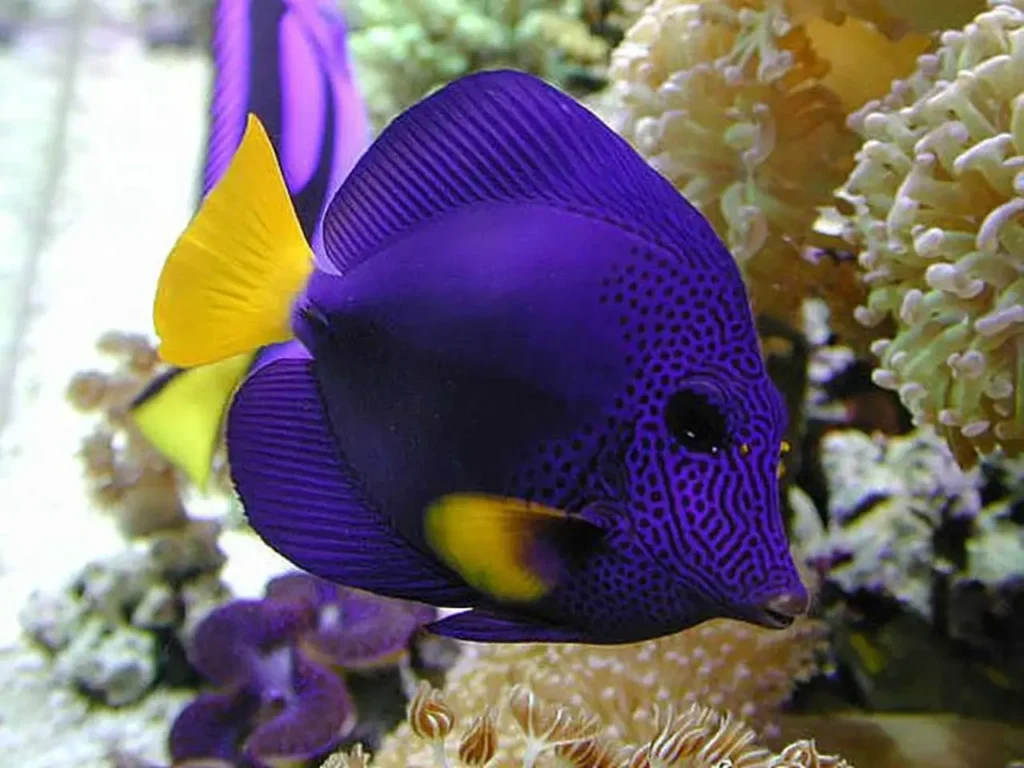
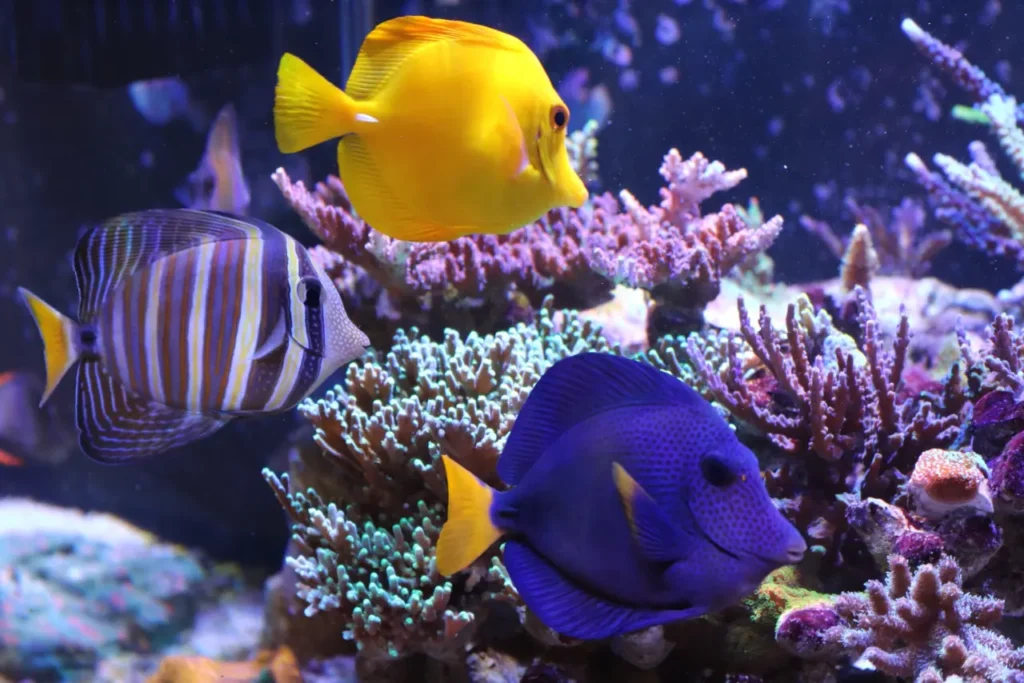
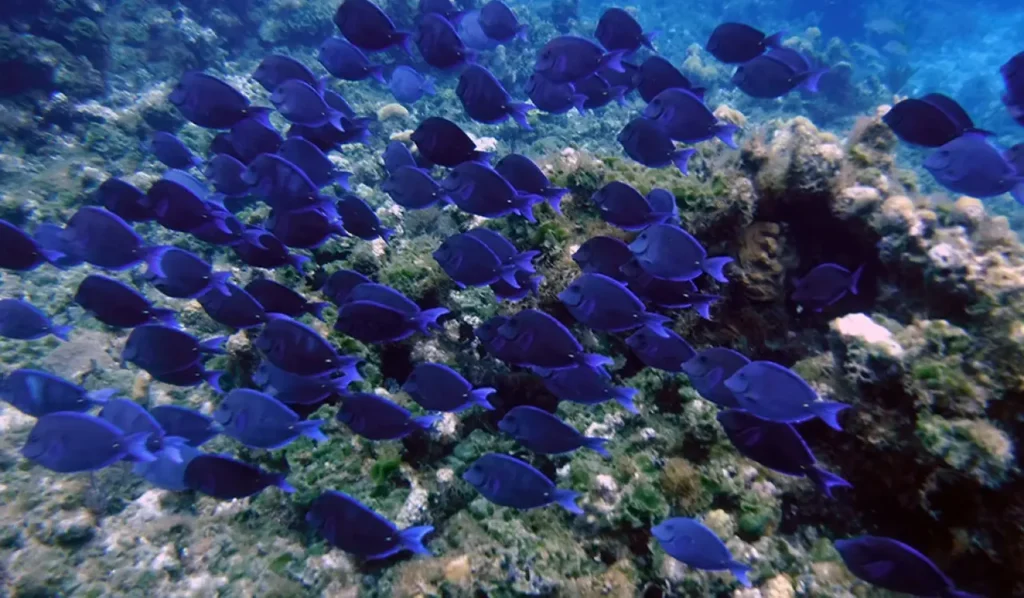
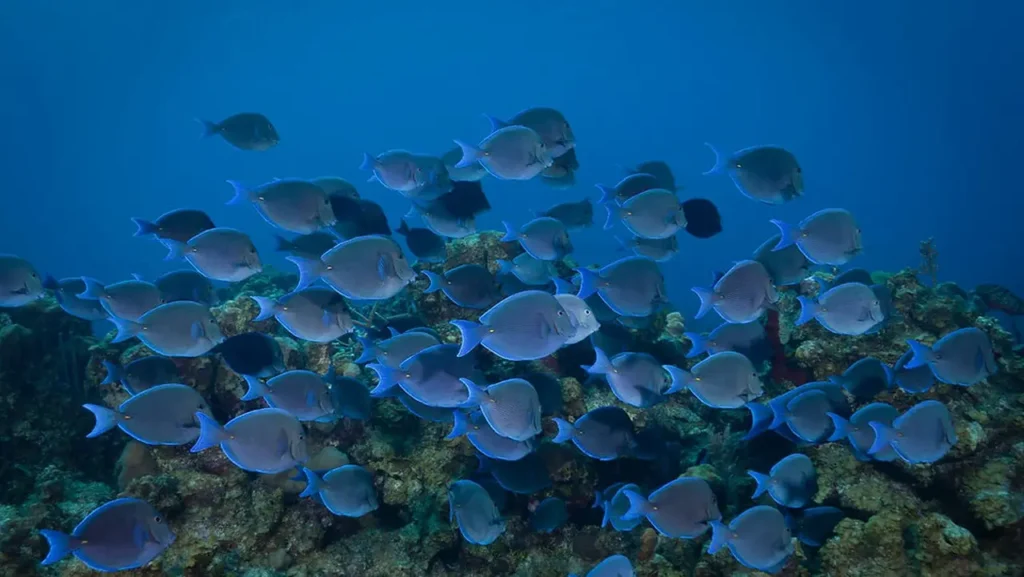
Appearance and Vibrant Colors
The Purple Tang is named for its vibrant purple hue, which graces its body with an unmistakable brilliance. Its body is sleek and oval-shaped, with a distinctively narrow snout and large eyes. The dorsal and anal fins of the Purple Tang are highlighted with an electric blue coloration, complementing the overall regal appearance of the fish. The combination of purple and blue creates a striking contrast that makes the Purple Tang a standout species in the underwater realm.
Behavior and Social Structure
Purple Tangs are primarily found in the waters of the Indo-Pacific region, specifically around coral reefs. They are diurnal, meaning they are active during the day, and are known for their agile swimming and graceful movements. In their natural habitat, Purple Tangs are typically encountered in small groups or harems, consisting of one male and multiple females. They exhibit territorial behavior and defend their chosen area within the reef.
Diet and Feeding Habits
Purple Tangs are herbivores, mainly feeding on various types of marine algae. In the wild, they graze on the surfaces of rocks and coral, consuming different species of macroalgae. In captivity, it is essential to replicate their natural diet by providing a variety of algae-based foods, such as dried seaweed and specifically formulated marine herbivore diets. A balanced diet is crucial for their overall health and vibrant coloration.
Aquarium Considerations
The Purple Tang is a highly sought-after species in the aquarium trade due to its stunning appearance. However, it is important to note that Purple Tangs have specific requirements to thrive in captivity. They need a spacious aquarium with plenty of swimming space and rockwork to mimic their natural reef habitat. The water conditions should be closely monitored, maintaining stable parameters such as temperature, salinity, and water quality. Additionally, providing a varied diet and carefully selecting tankmates that are compatible with the Purple Tang’s territorial nature is crucial for their well-being.
Conservation and Sustainable Practices
While the Purple Tang is not currently listed as endangered, it is still important to consider sustainable practices when keeping this species in aquariums. Many Purple Tangs in the aquarium trade are sustainably sourced through captive breeding efforts, which helps reduce the pressure on wild populations. It is crucial to support responsible aquaculture and ensure that specimens are obtained from reputable sources that prioritize the welfare of the fish and the conservation of marine ecosystems.
The Purple Tang’s exquisite beauty and captivating presence make it a prized addition to marine aquariums worldwide. Its vibrant purple coloration, graceful movements, and distinct behaviors highlight the magnificence of marine life. As responsible aquarists, it is essential to maintain proper care, provide suitable environments, and support sustainable practices to ensure the well-being and preservation of the Purple Tang. Let us celebrate the allure of this jewel of the ocean and work together to safeguard the fragile ecosystems that these majestic fish call home.
